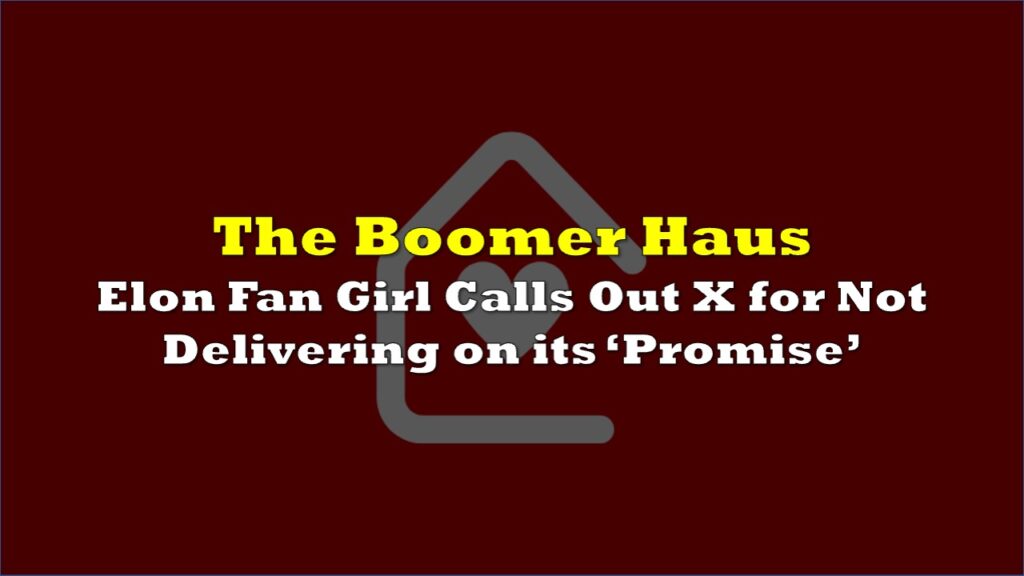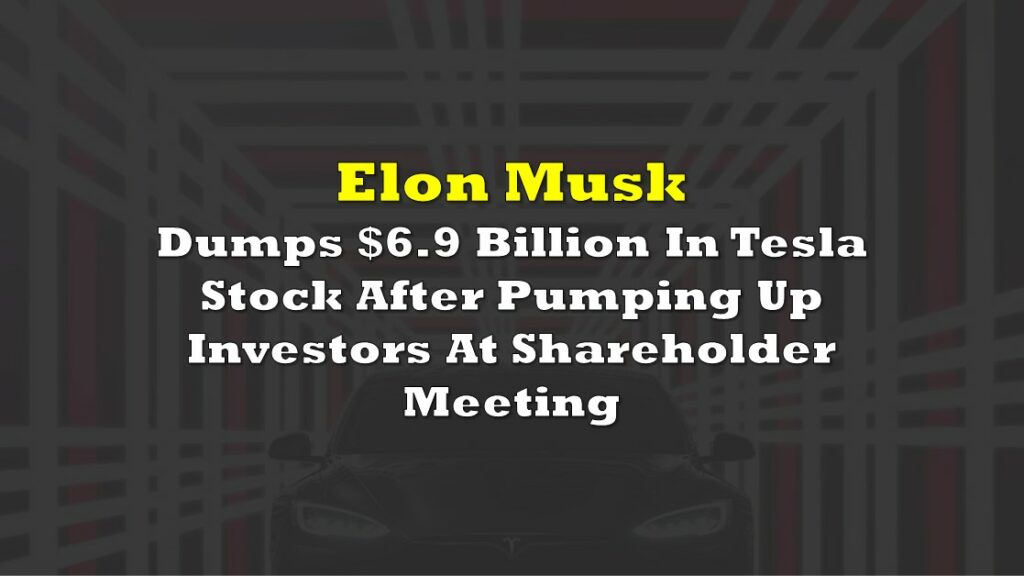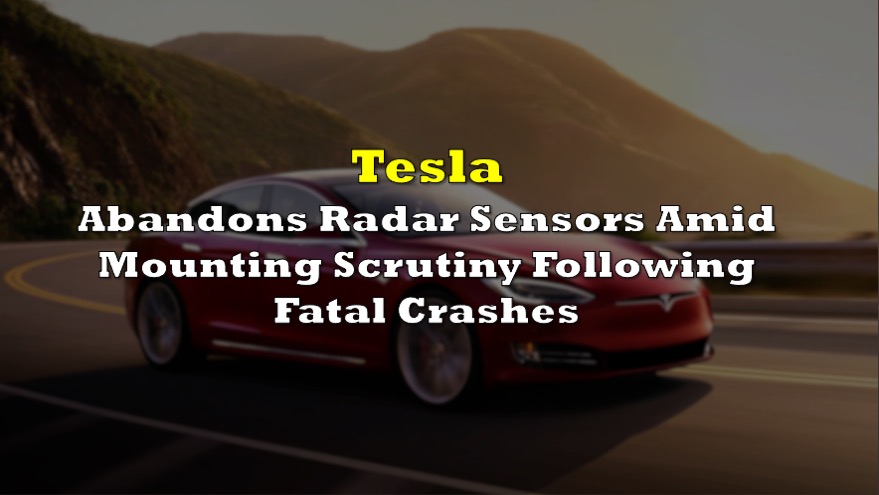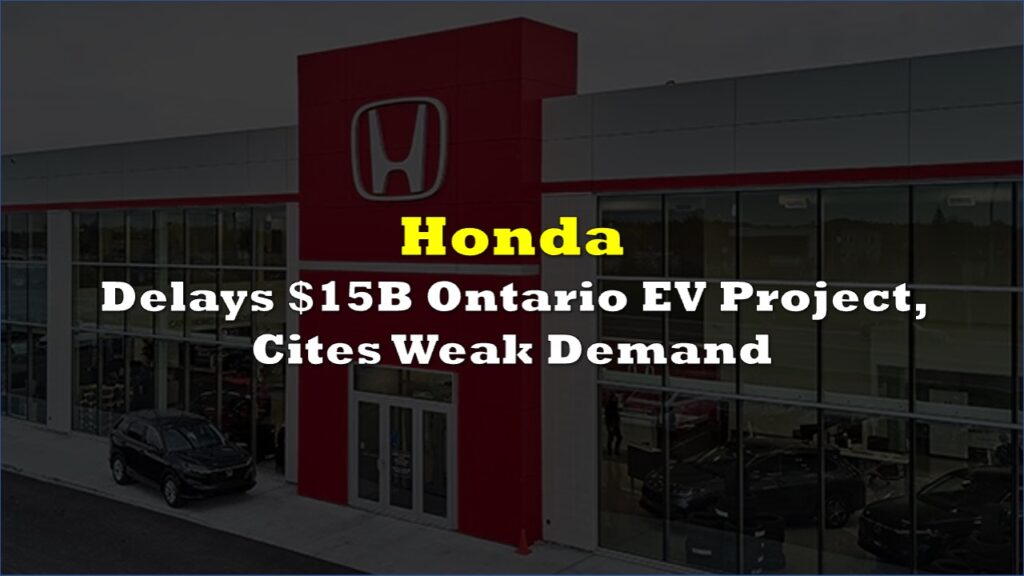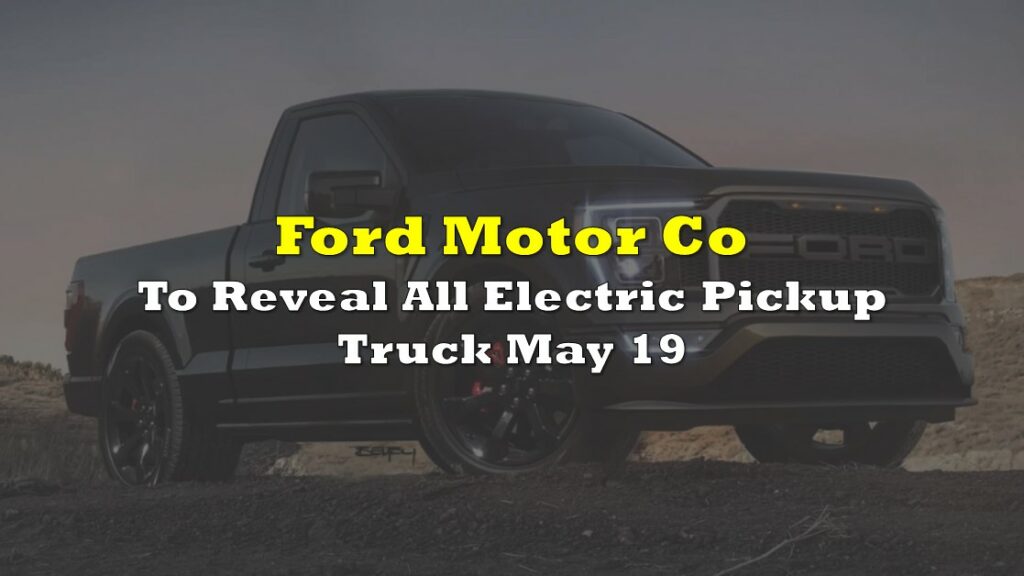Tesla’s Shanghai-made Model 3, which comes equipped with a lithium iron phosphate (LFP) battery, appears to supercharge significantly faster than a similar Model 3 powered by the traditional nickel battery. Tests displayed on China-based website 42HOW showed that the LFP-outfitted model required about 42 minutes to reach a 99% total charge from a 40% charge level, about 32% quicker than the 62-minute time frame for a Model 3 with a nickel battery.
This supercharging time advantage, coupled with a significant cost advantage as an LFP battery contains neither cobalt nor nickel, the two most expensive battery components, would seem to place lithium in a preferred position as a key component of future electric vehicle (EV) battery technology.
In turn, battery-grade lithium mined by a producer like Lithium Americas Corp. (TSX: LAC) should be in great demand in a future characterized by ever-increasing sales of electric vehicles. A further positive: the second largest EV manufacturer in the world aside from Tesla, China-based BYD, also utilizes LFP batteries. BYD announced its “blade” LFP battery in January 2020.
We do note LFP technology does have disadvantages which researchers must surmount, most notably that an LFP battery has a lower energy density than a nickel-manganese-cobalt battery, implying a shorter driving range. Progress is being made in this area, however. When Tesla introduced its updated Model 3 in China outfitted with a new LFP battery, it announced that the range of the vehicle had been increased to 468 kilometers from 445 kilometers.
Lithium Americas’ Lithium Brine Project in Argentina Could Begin Producing in Just Over a Year
Lithium Americas’ Cauchari-Olaroz lithium brine project in Argentina is about 60% complete. It is expected to produce 40,000 tonnes of battery-grade lithium carbonate annually for 40 years at a cash operating cost of around US$3,600 per tonne. Lithium carbonate prices are currently around US$6,000 per tonne, but averaged around US$13,000 per tonne in 2019. Lithium Americas owns 49% of the project and Ganfeng Lithium, China’s largest lithium company, the remaining 51%. Construction should be complete by year-end 2021, and commercial production should begin soon thereafter.

Total construction costs are projected to be US$565 million, implying that US$225 million of such costs have yet to be incurred. Lithium Americas had about US$54 million of cash on its balance sheet as of September 30, 2020 and has about US$202 million of unused credit and loan facilities. Furthermore, the company has an at-the-market stock issuance program in place, allowing it to issue up to US$100 million of new equity. As a consequence, the company seems to have more than sufficient financial resources to compete the lithium brine project.
Lithium Americas is also developing the 100%-owned Thacker Pass lithium clay project in the U.S. state of Nevada. The company hopes to receive all required permits for this project by March 31, 2021.
Lithium Americas is a pre-revenue company, so it will by definition generate losses and negative operating cash flow. Its operating cash flow has reached about negative $8 million per quarter so far in 2020, but that shortfall is not excessive compared with the company’s cash balance and is quite small in relation to its enterprise value of US$1.06 billion. Cash flow should turn positive in early 2022 as the Cauchari-Olaroz project commences production.
| (in thousands of U.S. dollars, except for shares outstanding) | 2Q 2020 | 1Q 2020 | 4Q 2019 | 3Q 2019 | 2Q 2019 |
| Operating Income | ($6,494) | ($10,312) | $11,073 | ($3,311) | ($5,612) |
| Operating Cash Flow | ($8,355) | ($8,214) | ($4,094) | ($4,217) | ($4,785) |
| Cash – Period End | $49,719 | $82,122 | $83,614 | $108,152 | $31,476 |
| Debt – Period End | $151,371 | $150,076 | $111,888 | $111,005 | $87,158 |
| Avg. Shares Outstanding (Millions) | 90.6 | 90.0 | 89.8 | 89.3 | 89.0 |
Lithium Americas has more than US$150 million of debt, but, as noted above, it has more than US$50 million of cash as an offset and substantial unused capacity in its credit and loan facilities. In addition, the company’s debt maturity schedule does not appear challenging over the short to intermediate term.
It is possible that in time EV manufacturers could decide that traditional nickel-manganese-cobalt batteries are superior to those with a heavy lithium content and no cobalt or nickel. After all, cobalt positively affects battery life and driving range and reduces fire risk, and nickel boosts a battery’s energy density and therefore its range. If EV makers were to choose to adopt traditional nickel batteries in great numbers, lithium miners, including Lithium Americas, would be disadvantaged.
Conclusion
Lithium’s long-term role as a key component of EV batteries may now be even more certain as a result of the recent supercharging tests on a Tesla Model 3 equipped with an LFP battery. As a result, a low-cost, moderately levered lithium miner, such as Lithium Americas, appears well positioned to benefit from long-term demand for the lightest known metal.
Lithium Americas last traded at $12.59 on the TSX Exchange.
Information for this briefing was found via Sedar and the companies mentioned. The author has no securities or affiliations related to this organization. Not a recommendation to buy or sell. Always do additional research and consult a professional before purchasing a security. The author holds no licenses.





